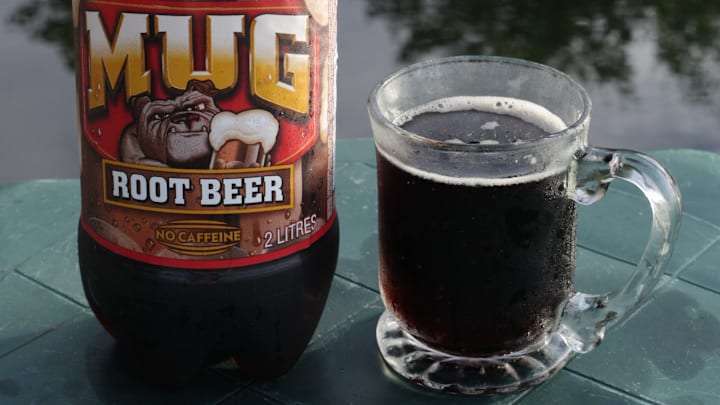Whether you prefer A&W, Barq’s, or Mug, you’re likely familiar with root beer if you grew up in the U.S. You may be less familiar with the drink’s origins, including how beer ended up in the name. Many assume that root beer was originally alcoholic, but believe it or not, it all started with brewed tea.
According to Britannica, the first commercial versions of root beer date back to the late 19th century. Temperance advocate Charles E. Hires claimed he came up with the original formula after drinking root tea served to him and his wife by an innkeeper on their honeymoon.
Hires brewed his own root beverage and changed the name to “root beer” to make it more appealing to coal miners. His instincts paid off: Hires was the first to market root beer on a mass scale, selling packets for 25 cents each.
So if that’s where the beer part of the name comes from, what does the word root refer to? Sassafras roots would have been the most prominent source of flavor in Hires’s original recipe. The aromatic tree was believed to treat ailments, with Indigenous North Americans using it for such purposes long before contact with European colonists. However, you won’t find sassafras in today’s root beer. That’s because it contains safrole, a potentially carcinogenic compound that was banned by the FDA in 1960.
Brewers made up for this by tweaking their root beer recipes, mainly by adding other ingredients like molasses, ginger, licorice, vanilla, and cherry. Today’s root beers follow similar formulas to other mass-produced sodas. Companies add carbonated water, high fructose corn syrup, caramel coloring, and flavorings to mimic the original flavor profile as closely as possible. Compared to classic versions, modern root beers are also slightly acidic due to added preservatives.
Read More Word Origins:
